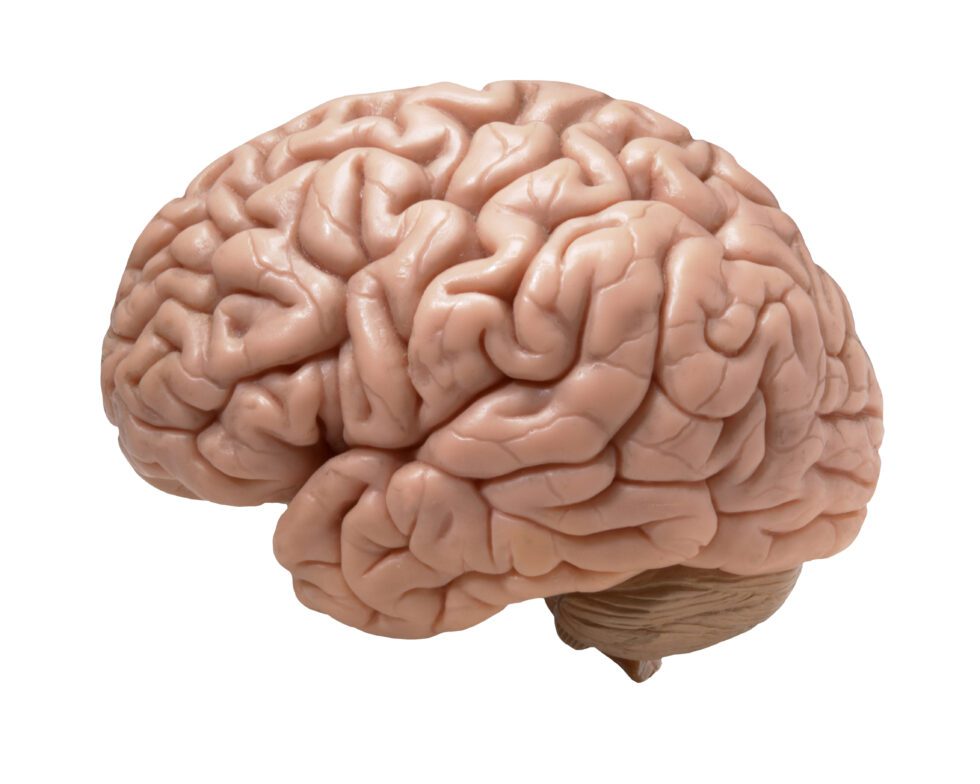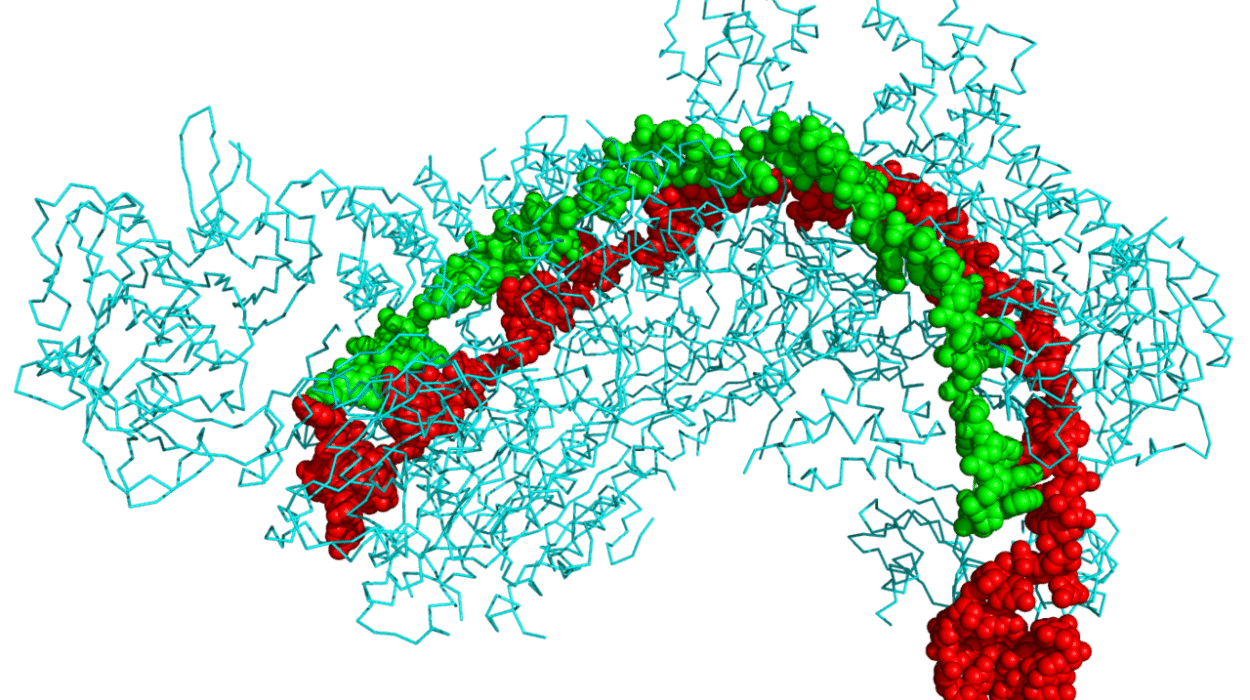We often think of the brain as a brilliant organ, effortlessly processing information, making decisions, and guiding our actions. But beneath its polished exterior lies a world of tricks, deceptions, and shortcuts that can sometimes fool even the most self-aware among us. From the way we perceive reality to the automatic biases that influence our decisions, our brains are constantly pulling the wool over our eyes.
The truth is, your brain doesn’t see the world as it is—it creates a version of reality tailored to your needs, often using cognitive shortcuts that help you navigate the complexities of daily life. This is both an advantage and a liability. Our brains, fine-tuned over millennia to make fast decisions and conserve energy, often misfire. The problem is that we aren’t always aware of these misfires, leading us to make decisions that seem perfectly rational at the time, only to realize later they were influenced by biases, illusions, and internal conflicts we didn’t even know existed.
1. Perception is Reality: The Brain’s Filtered Lens
When you look at the world, you’re not seeing the world as it truly is. Instead, you’re seeing a version of it that your brain has carefully constructed for you. This filtering process is essential because there’s far too much information for our brains to process all at once. Your senses, particularly sight, are constantly sending signals to your brain, but only a fraction of that data makes it to your conscious mind.
For instance, you might think that you see everything around you clearly—people walking, cars passing, or a beautiful sunset. But in reality, you’re only seeing a small part of the scene in sharp focus. The rest of what you see is filled in by your brain based on previous experiences and expectations. This phenomenon is called perceptual filling-in. Your brain fills in gaps in the sensory information with assumptions and guesses, making you believe you have a more complete picture of the world than you actually do.
The change blindness effect is another example of how the brain tricks you. This phenomenon refers to your inability to notice significant changes in your environment, especially when they happen gradually or during a brief distraction. You might not notice when a colleague changes their hairstyle, or when the layout of your living room shifts, even if the changes are substantial.
2. The Mirage of Memory: False Memories
Memory is not a perfect recording device; it is, in fact, a highly flexible system prone to distortion. Have you ever had a vivid recollection of an event, only to later discover that it wasn’t quite as you remembered? Your brain is prone to constructing false memories, often blending real events with imagination or suggestions from others.
The brain doesn’t store memories like a video recorder. Instead, memories are reconstructed each time we recall them, and this reconstruction process is susceptible to external influences. For example, simply hearing someone else describe an event can lead you to “remember” details that didn’t actually happen. These distortions can be subtle, or they can be so significant that people end up believing they’ve experienced things they never did.
A well-known experiment, the Lost in the Mall study, demonstrated this by suggesting to participants that they had once gotten lost in a mall as children—an event that had never actually happened. Despite the absence of any real memory, many of the participants later “recalled” the fabricated event, illustrating how memory can be manipulated, even without conscious awareness.
3. Cognitive Biases: The Hidden Influencers of Thought
The brain, in its bid to save time and mental energy, relies heavily on cognitive biases—mental shortcuts that usually involve focusing on one aspect of a complex problem and ignoring others. While these biases help us make quick decisions, they can also lead to faulty reasoning and poor judgment.
One of the most common biases is the confirmation bias. This occurs when you search for, interpret, or favor information that confirms your pre-existing beliefs. When you’re watching the news, for example, you might find yourself gravitating toward sources that align with your views, dismissing those that contradict them. This bias can make it harder to change your mind or entertain new ideas.
Another trick your brain plays is the anchoring effect. When making decisions, your brain anchors on the first piece of information you encounter and uses it as a reference point. If you see a shirt priced at $200, and then a second shirt at $50, the $50 shirt seems like a bargain—even if it’s still overpriced in reality. The initial price of $200 influences your perception of value, leading you to make a decision that’s based on an anchor, not on actual worth.
Then, there’s the availability heuristic, which causes us to judge the likelihood of an event based on how easily examples come to mind. If you’ve recently seen news stories about airplane crashes, your brain might overestimate the danger of flying, even though the actual risk is incredibly low. The more dramatic or emotional the event, the more likely it is to influence your judgment.
4. Emotions: The Illusion of Rationality
We like to think of ourselves as logical beings, making decisions based on cold, hard facts. In reality, emotions play a significant role in every choice we make, often more than we realize. Our brains are wired to react emotionally to situations, and these emotional reactions frequently drive our decisions, often without our conscious awareness.
The affect heuristic is one way our emotions influence our decision-making. This mental shortcut involves making judgments about a person, object, or situation based on how we feel about it rather than on logical reasoning. For instance, if you feel good about a certain product or brand, you’re more likely to overlook flaws and focus on its positive qualities. Similarly, if someone makes you angry, you might be more inclined to judge their actions harshly, even if they weren’t as bad as you perceived.
In fact, the brain’s emotional circuitry is so powerful that it can even override rational thinking. This is particularly evident in situations where strong emotions—fear, love, anger—drive behaviors that might otherwise seem illogical. For example, a person might make an impulsive purchase out of a desire to feel better or to impress others, even if they don’t actually need the item. The brain’s emotional response to the moment can obscure more rational, long-term considerations.
5. The Dunning-Kruger Effect: Overestimating Your Abilities
One of the most perplexing cognitive biases is the Dunning-Kruger effect, where individuals with limited knowledge or skills in a particular area tend to overestimate their own competence. Essentially, the less you know about something, the more likely you are to think you’re an expert.
This happens because true expertise involves recognizing the complexities and nuances of a subject. Novices, however, are often unaware of the gaps in their knowledge, leading them to think they know more than they do. The effect is most pronounced in fields that require specialized knowledge, like science, economics, or even driving. A person with limited experience might believe they are exceptional at something, only to find out that their lack of understanding is far more extensive than they realized.
This illusion of competence can be dangerous, leading people to make decisions based on a false sense of certainty. It can also contribute to overconfidence in areas where they should be more cautious, such as medical diagnoses or financial investments.
6. The Brain’s Addiction to Certainty: Why We Fear Ambiguity
The human brain craves certainty. We want to believe that we understand the world around us, that we can predict outcomes, and that our decisions are grounded in solid evidence. But the reality is that life is full of ambiguity and uncertainty. However, the brain struggles to tolerate this uncertainty, often filling the gaps with assumptions or false beliefs.
This need for certainty is the root of many cognitive errors. For example, when faced with uncertainty, we often default to simpler, more comfortable answers, even if they are inaccurate. We are also more likely to embrace conspiracy theories, superstition, or unfounded beliefs when we feel powerless or uncertain about the world.
7. The Role of Social Influence: How the Brain Conforms
Humans are social creatures, and much of our behavior is shaped by those around us. The brain is wired to conform to social norms, often without our conscious awareness. This social influence can take many forms—peer pressure, authority figures, and the desire to fit in.
One of the most famous experiments highlighting this was Solomon Asch’s conformity experiment, where participants were asked to match the length of a line with three other lines. Despite the correct answer being obvious, many participants conformed to incorrect answers given by others in the group. This demonstrated the powerful influence of social pressure on individual behavior.
Conformity can also be linked to the brain’s mirror neuron system, which allows us to mimic the behavior of others. This automatic process helps us bond with others and feel connected, but it can also lead us to make choices based on the behavior of the crowd, rather than our own independent judgment.






